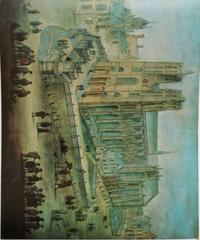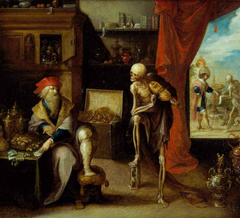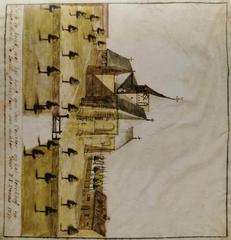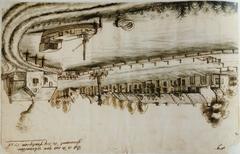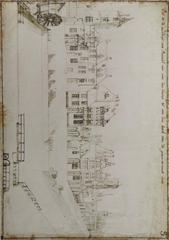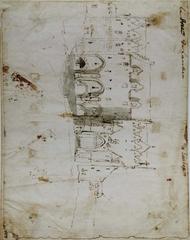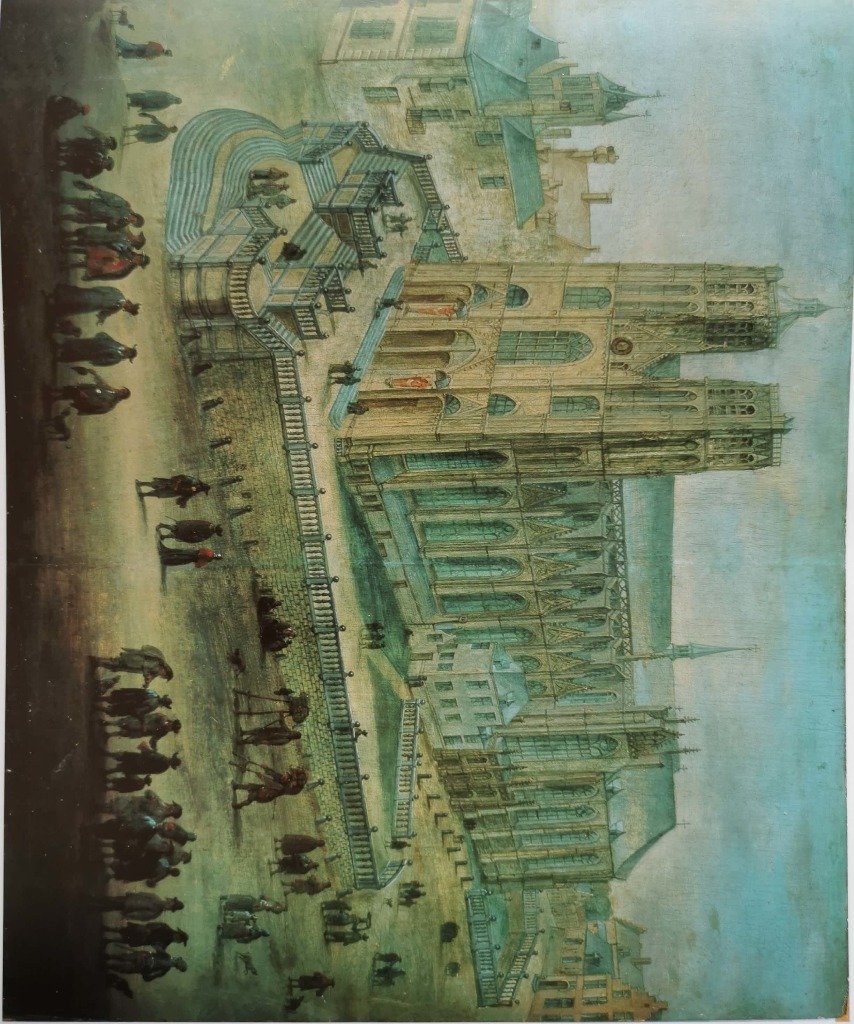
Museum Van De Nationale Bank Van België: Visiting Hours, Tickets, and Comprehensive Guide to Brussels’ Historic Money Museum
Date: 15/06/2025
Introduction
Located at the heart of Brussels, the Museum Van De Nationale Bank Van België (Museum of the National Bank of Belgium) is an essential stop for anyone fascinated by the evolution of money, the role of central banks, and Belgium’s financial heritage. Housed within a striking 19th-century building, the museum provides a dynamic and interactive exploration of currency history, economic policy, and cultural change. Through thematic exhibitions, educational programming, and inclusive visitor services, the museum offers a rich and accessible experience to history enthusiasts, families, students, and curious travelers alike. This guide presents all the key information you need: visiting hours, ticketing, exhibitions, accessibility, and tips to help you make the most of your visit (Numista; Lonely Planet; Atlas Obscura; museum.nbb.be).
Table of Contents
- Discovering the Museum: History, Architecture, and Collections
- Thematic Circuits and Interactive Galleries
- Special Exhibitions and Events
- Practical Visitor Information: Hours, Admission, and Access
- Facilities, Accessibility, and Visitor Services
- Planning Your Visit: Tips and Nearby Attractions
- Didactic and Educational Programming
- Museum’s Role in Belgian and European Heritage
- FAQs
- Visual and Interactive Resources
- Conclusion and Visitor Recommendations
- Sources
Discovering the Museum: History, Architecture, and Collections
Historical Background
Established in 1850, the National Bank of Belgium (NBB) played a pivotal role in stabilizing the Belgian currency and shaping economic policy after the country’s independence. The museum, created to increase public understanding of monetary history and the importance of central banking, is situated in the former Union du Crédit de Bruxelles building, a landmark of Brussels’ architectural and economic development (Numista).
Architectural Significance
The museum’s home is a meticulously restored 19th-century edifice, featuring ornate façades, marble columns, and soaring ceilings. These historic elements are complemented by modern exhibition spaces, with careful attention to natural light and interactive technology. The building itself, with its grandeur and attention to detail, is a testament to the era’s faith in progress and stability (Lonely Planet; Atlas Obscura).
Permanent Collection
The museum’s permanent collection guides visitors through the evolution of money, from ancient barter and proto-currency (such as Celtic sun-wheels and cowrie shells) to medieval coins, the Belgian franc, and today’s euro (WhichMuseum). Alongside Belgian coins and banknotes, international currencies and unique objects—such as emergency money and political cartoons—highlight the multifaceted role of money in society and culture.
Thematic Circuits and Interactive Galleries
The museum’s exhibitions are structured around three main themes:
- The Role of the National Bank: Interactive displays explain how the NBB issues currency, manages inflation, and supports the Eurosystem.
- Evolution of Payment Methods: From barter and commodity coins to digital banking, this section presents rare coins, historic banknotes, and payment-related artifacts.
- Money in Daily Life: Objects and multimedia explore how money shapes society, including collector coins, medals, and pop culture references (Numista).
Interactive screens, audio guides, and hands-on activities ensure visitors of all ages can engage deeply with economic concepts. Family-friendly features include treasure hunts, workshops, and games tailored to children (WhichMuseum).
Special Exhibitions and Events
In addition to its core displays, the museum regularly hosts temporary exhibitions and themed events. Past highlights include art installations, animal-themed money explorations, and family treasure hunts during school holidays (WhichMuseum). These events often feature workshops, guided tours, and interactive activities, making the museum a dynamic and repeat-worthy destination.
Practical Visitor Information: Hours, Admission, and Access
Opening Hours
- Monday to Friday: 09:00–17:00
- Closed: Weekends and public holidays (including January 1st, April 18th/21st, May 1st/29th/30th, June 9th, July 21st, August 15th, November 11th, and December 22nd–26th, 2025) (museum.nbb.be)
Admission
- Free entry for all visitors. No tickets required for individuals; group tours must be reserved in advance.
- Museum Pass holders receive a special surprise at the reception desk.
Location and Getting There
- Address: Rue Montagne aux Herbes Potagères/Warmoesberg 57, 1000 Brussels
- Public Transport:
- Train: Brussels-Central station (10-minute walk)
- Metro: Lines 1 and 5, Central Station
- Bus: Lines 29, 71, 89 (Arenberg stop)
- Tram: Lines 92, 93 (Congrès stop)
- By Car: Closest parking—Grand Place and Ecuyer (Schildknaap). Public transport is strongly recommended due to city center traffic.
Facilities, Accessibility, and Visitor Services
- Wheelchair access: Large-capacity lift, accessible toilets.
- Guide dogs: Welcome.
- Audio guides: Available in Dutch, French, English, and German; compatible with hearing aids.
- Tailored tours: For visitors with autism, visual/hearing impairments, and specific needs (advance booking required).
- Cloakroom and baby changing facilities.
- Free Wi-Fi.
- Quiet times: For a peaceful visit, arrive between 09:00–10:30, 12:00–13:30, or 15:00–17:00.
Note: There is no on-site café; plan meals accordingly.
Planning Your Visit: Tips and Nearby Attractions
- Best times: Weekday mornings for fewer crowds.
- Group tours: Available for 10–25 people (1 hour, advance booking required).
- Family activities: Special games and workshops for children (ages 4–12), especially during school holidays.
- Combine your visit: The museum is within walking distance of the Grand-Place, Cathedral of St. Michael and St. Gudula, Belgian Centre for Comic Strip Art, and other key sites (Lonely Planet; Atlas Obscura).
Didactic and Educational Programming
The museum excels in its educational mission, offering:
- Interactive learning: Multimedia, videos, and digital games to explain monetary policy and the euro.
- Audioguides: For self-paced exploration.
- School and family engagement: Curriculum-aligned tours, special holiday games, and group presentations (NBB Museum brochure, 2020).
- Accessibility: Lifts, adapted toilets, guide dogs, and tours for all needs (DagjeWeg.nl).
Museum’s Role in Belgian and European Heritage
- Preserving artifacts: The collection includes rare coins, banknotes, and documents central to Belgium’s history (NBB Museum brochure, 2020).
- Architectural value: The restored building is an exemplar of Brussels’ 19th-century urban development (NBB Museum, Historic Building).
- Financial literacy: The museum’s programming demystifies economics and supports public understanding of the euro, inflation, and civic responsibility.
- Civic integration: Exhibits highlight the euro’s role in European unity (DagjeWeg.nl).
FAQs
Q: What are the museum’s opening hours?
A: Monday to Friday, 09:00–17:00; closed weekends and public holidays.
Q: Is admission free?
A: Yes, entry is free for all visitors.
Q: Are guided tours available?
A: Yes—free for groups (advance reservation required); audioguides for all guests.
Q: Is the museum accessible?
A: Fully accessible: lifts, adapted toilets, guide dogs welcome, tailored tours.
Q: Can I take photographs?
A: Photography is generally allowed; check with staff during special exhibitions.
Q: What is the best way to get there?
A: Use public transport—Brussels-Central station and major metro/bus lines are nearby.
Visual and Interactive Resources
Enhance your visit with high-quality images of the museum’s architecture, rare artifacts, and interactive exhibits. For virtual tours and updated travel information, consult the official museum website. Suggested image alt tags: “Museum van de Nationale Bank van België coins display,” “Brussels historic money museum interior,” “NBB Museum accessibility features.”
Conclusion and Visitor Recommendations
The Museum Van De Nationale Bank Van België offers a compelling, interactive journey through the history of money and banking within one of Brussels’ most impressive historic buildings. Its free admission, educational programming, and commitment to accessibility make it an outstanding destination for all visitors. Whether you are delving into the evolution of currency, exploring architectural heritage, or seeking family-friendly educational activities, the museum is a highlight of Brussels’ cultural landscape. For the latest on guided tours, temporary exhibitions, and accessibility services, visit the official museum website and download the Audiala app for an enhanced experience.
Sources
- Numista
- Lonely Planet
- Atlas Obscura
- WhichMuseum
- museum.nbb.be
- NBB Museum Brochure
- DagjeWeg.nl
- NBB Museum, Historic Building
- Brussels Museums
